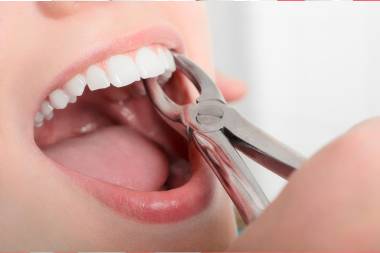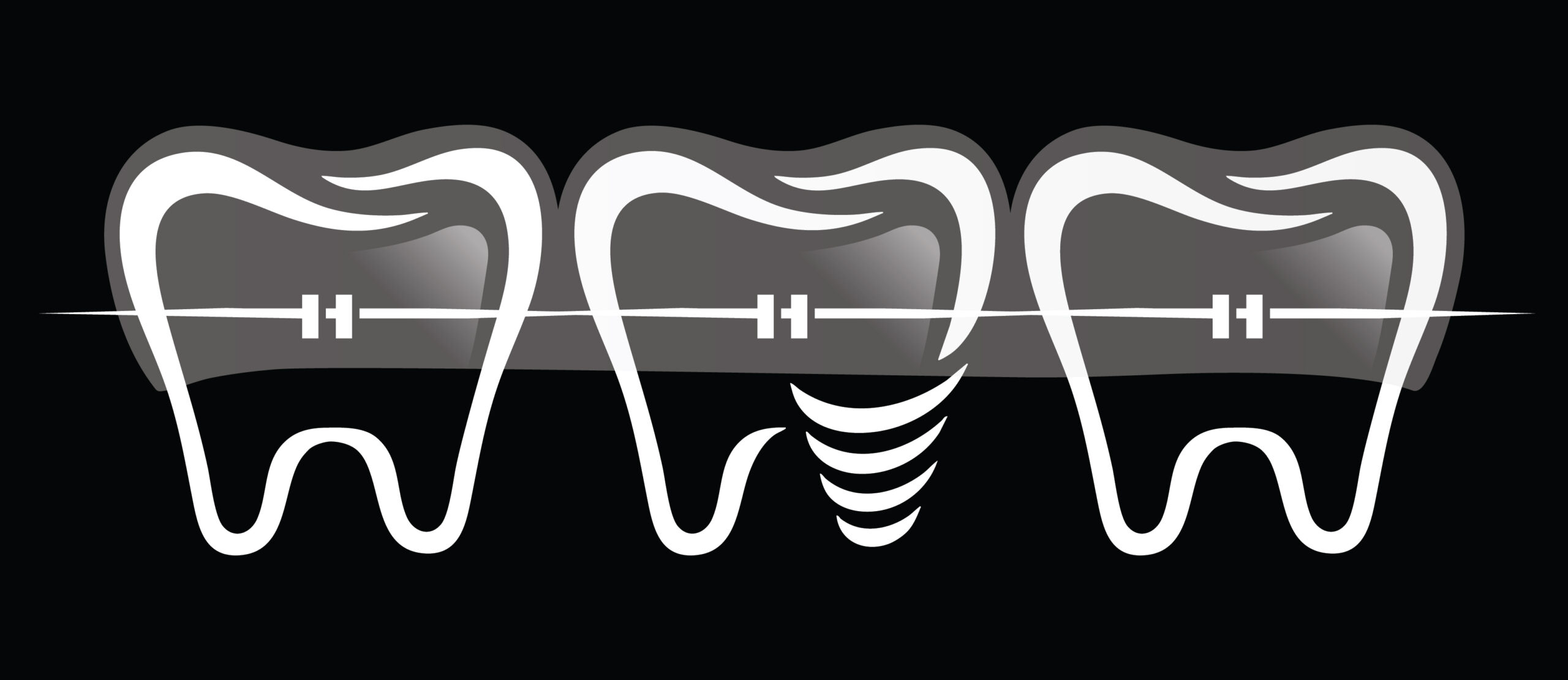Wisdom Tooth Extraction
Wisdom Tooth Extraction
Wisdom tooth extraction is a surgical dental procedure to remove one or more of the third molars — the last teeth to erupt, usually between ages 17–25. These teeth are often impacted (fail to erupt properly), which can lead to pain, infection, and damage to adjacent teeth.
1. Definition
Wisdom tooth extraction is the removal of one or more third molars, which may be:
Erupted (fully visible in the mouth)
Partially erupted (partially covered by gum or bone)
Impacted (trapped beneath the gums or jawbone)
2. Why Are Wisdom Teeth Removed?
| Reason | Details |
|---|---|
| Impaction | Tooth doesn’t fully erupt due to lack of space or obstruction |
| Pain or Infection | Due to partially erupted tooth (pericoronitis) |
| Decay or Gum Disease | Difficult to clean → prone to caries or periodontitis |
| Cyst or Tumor Formation | Rare but possible if the tooth remains impacted |
| Damage to Adjacent Teeth | Pressure from erupting wisdom tooth can harm neighboring molars |
| Orthodontic Reasons | May be removed before or after braces to prevent crowding |
3. Types of Impaction
| Type | Description |
|---|---|
| Vertical | Upright but may not erupt fully |
| Mesioangular | Angled forward toward the front of the mouth |
| Distoangular | Angled backward toward the rear of the mouth |
| Horizontal | Lying sideways within the jawbone |
| Soft Tissue Impaction | Covered by gum tissue only |
| Hard Tissue (Bony) Impaction | Covered by bone and gum |
4. Procedure Overview
A. Before the Procedure
Clinical exam + dental X-ray or OPG (Orthopantomogram)
Informed consent
Discuss risks, anesthesia, and aftercare
Local anesthesia (or general anesthesia/sedation for complex cases)
B. Surgical Procedure Steps
Anesthesia administered
Incision in gum tissue to expose tooth and bone (if impacted)
Bone removal (if needed)
Tooth sectioning (if necessary, to remove in parts)
Tooth removal
Cleaning of socket (debris, bone fragments)
Suturing (if required)
Gauze placed for bite pressure to stop bleeding
5. Post-Operative Instructions
Do’s
Bite gently on gauze for 30–60 minutes
Apply ice pack (15 mins on/off) for swelling
Take prescribed medications (antibiotics, painkillers)
Eat soft foods (e.g., yogurt, soup, mashed potatoes)
Sleep with head elevated for first 24 hours
Brush gently, avoid surgical site
Don’ts
No spitting, rinsing, or using a straw for 24 hrs (prevents dry socket)
Avoid smoking or alcohol for at least 72 hrs
Don’t touch the surgical site with tongue or fingers
Avoid hard, crunchy, spicy, or hot foods
6. Common Complications
| Complication | Description |
|---|---|
| Swelling & Pain | Normal for 2–3 days |
| Bleeding | Mild oozing for a few hours post-op |
| Infection | If oral hygiene or medication is neglected |
| Dry Socket (Alveolar Osteitis) | Severe pain 3–5 days post-extraction due to loss of blood clot |
| Nerve injury | Temporary numbness of lip/tongue (rare, usually recovers) |
| Trismus | Limited mouth opening due to muscle inflammation |
| Sinus complications | In upper molars close to maxillary sinus (rare) |
7. Healing Timeline
| Day | Healing Stage |
|---|---|
| Day 1 | Bleeding stops, clot forms |
| Day 2–3 | Swelling and soreness peak |
| Day 4–7 | Swelling decreases, stitches (if any) may be removed |
| Week 1–2 | Normal eating resumes, gum begins to close |
| Week 3–4 | Socket fills with tissue, full healing begins |
Full bone healing: 3–6 months
8. Alternatives to Extraction
Monitoring asymptomatic wisdom teeth (if space and hygiene are adequate)
Operculectomy (removal of gum flap over partially erupted tooth)
Coronectomy (removal of crown only, if root is close to nerve)
9. Key Points
Not all wisdom teeth need removal — decision is based on symptoms, x-rays, and risk factors
Early extraction (late teens/early 20s) is often easier with faster healing
After extraction, follow-up is essential to check for healing or complications

